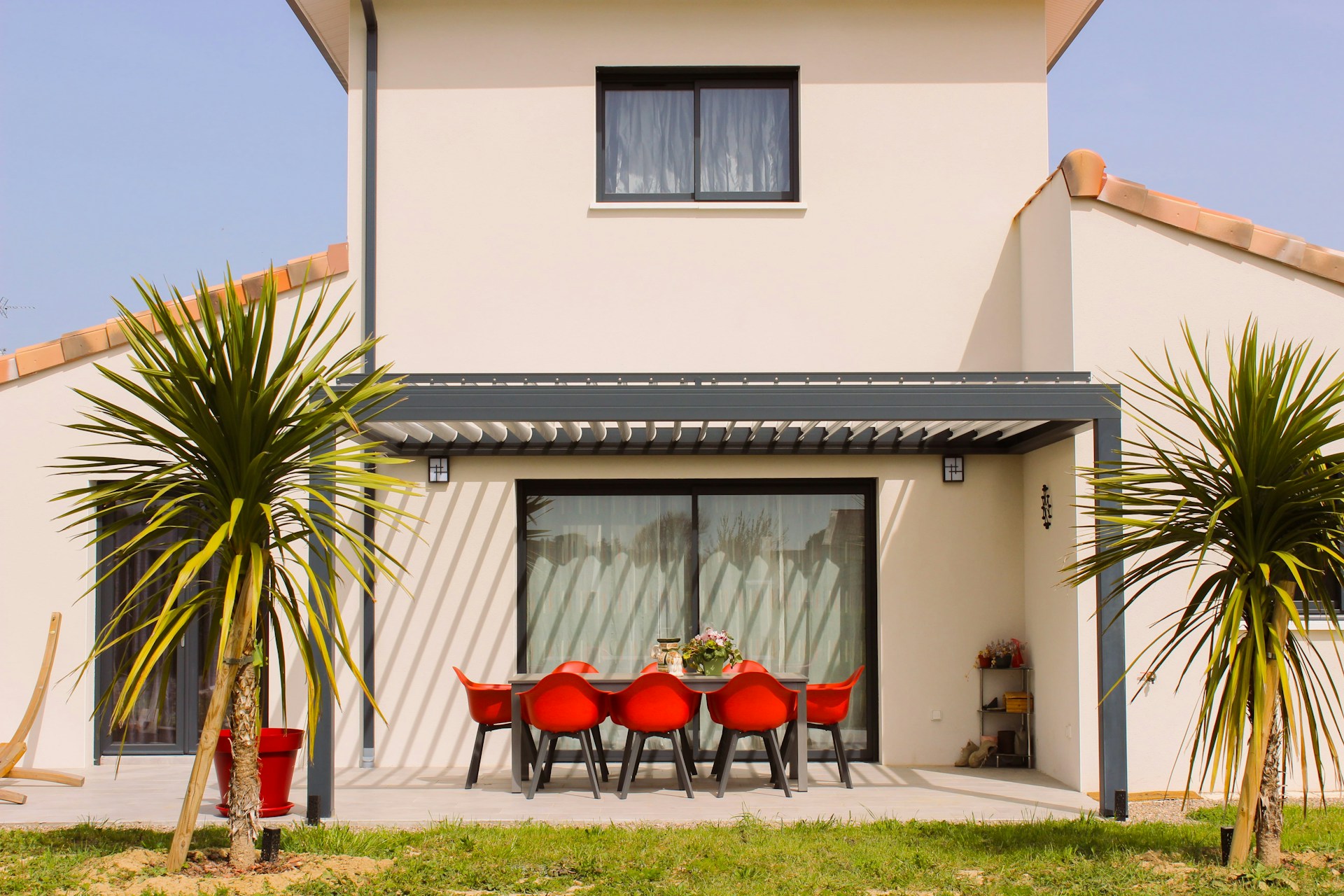The Rebirth of Wabi-Sabi: Finding Beauty in Imperfection
Let's embark on a journey to the east, exploring the ancient Japanese aesthetic known as Wabi-sabi. This philosophy, deeply rooted in Zen Buddhism, appreciates the beauty in imperfection, impermanence, and incompleteness. Wabi-sabi celebrates the simple, the rustic, and the unconventional, making it an intriguing approach to home styling.

Wabi-Sabi: A Historical Perspective
Wabi-sabi dates back to the 15th century when Zen Buddhism became a significant influence in Japanese culture. The term combines two words: “Wabi,” which means simplicity and quietness, and “Sabi,” which signifies the beauty of age and wear. This philosophy rejects the polished, perfect, and expensive, instead embracing the flawed, aged, and humble. It reflects a deep respect for the natural world and the cycle of life and death.
The Wabi-Sabi Aesthetic in Modern Homes
Today, wabi-sabi is experiencing a resurgence in popularity, particularly in home decor. It’s not about creating perfectly coordinated interiors, but rather about creating spaces that feel lived in, natural and personal. This design approach involves using organic materials, earthy colors, and handcrafted items. Pieces with visible signs of wear and tear are not just accepted but cherished, as they contribute to the overall aesthetic.
The Practicality and Market Trends of Wabi-Sabi
Wabi-sabi is more than just an aesthetic—it’s a lifestyle. It encourages us to slow down, appreciate the simple things in life, and find beauty in imperfection. It’s a philosophy that aligns with current trends towards mindfulness and authenticity. In terms of home decor, the wabi-sabi approach is practical, sustainable, and economical. It involves repurposing old items, reducing waste, and appreciating the natural aging process.
How Wabi-Sabi Enhances Daily Living
Embracing the wabi-sabi philosophy in our homes can have a profound impact on our daily lives. It encourages us to simplify our spaces, declutter, and focus on what truly matters. It’s about creating a sanctuary that feels authentic and personal. A wabi-sabi home is a place of calm and tranquility, a haven from the hustle and bustle of the modern world.
Conclusion
Wabi-sabi is a refreshing alternative to the shiny perfection often portrayed in interior design magazines and social media. Its principles of simplicity, naturalness, and acceptance of imperfection resonate with many people in our fast-paced, consumer-driven society. As we continue to navigate our modern world, it seems the ancient philosophy of wabi-sabi has never been more relevant or appealing.




